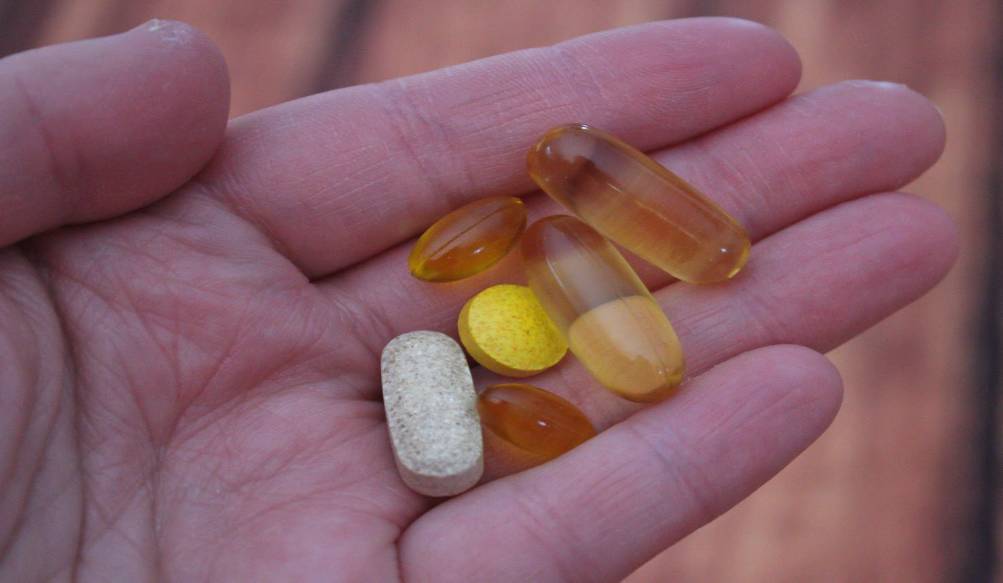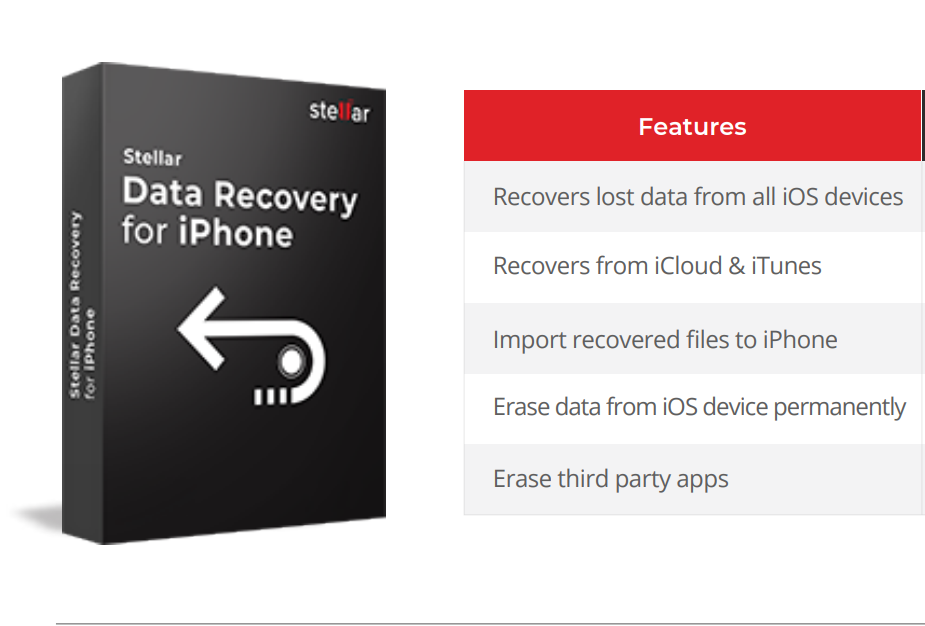Inorganic chemicals that originate from plants and animals are known as vitamin supplements. Plants and animals absorb or eat minerals and inorganic substances found in soil and water. Your body needs a lot of minerals, such as calcium, to grow and stay healthy. Because small amounts of these elements are required each day, they are referred to as “trace” minerals—chromium, copper, iron, selenium, and zinc.
Vitamins may be extracted from dietary sources or done with a vitamin manufacturer in a laboratory. Most multivitamins are composed of synthetic vitamins, which are less expensive and simpler to use than natural vitamins. The synthesized and biologically derived versions have identical chemical structures. The vitamins and minerals are crushed into a fine powder to create multivitamins.
Now, how are vitamins manufactured? Here are the six stages of making vitamins.
1. Select the finest components
The first stage in vitamin production is determining which chemicals and compounds the target vitamin product must include. This comprises vitamins B6, D, and riboflavin, among others. It also contains the ingredient or vehicle used to solidify the vitamin.
This is often a soft gel capsule in liquid vitamin supplements, or the substance may be fluid. Where dosage is crucial, however, liquid vitamins must be encapsulated. Reliable vitamin tablets must have an interior binding agent to maintain their form and dosage.
2. Blend the raw materials in advance
Next, the raw ingredients must be pre-blended. Typically, raw materials arrive as a fine powder and may not need preparatory processing. If the components are not already finely granulated, they are processed in a mill. Some vitamins are pre-blended with a filler substance, such as microcrystalline cellulose or maltodextrin, to make a more uniform granule, simplifying the subsequent processing procedures. When dealing with novel materials, laboratory personnel may conduct test batches to assess whether or not pre-blending is required.
3. Weigh and combine vitamin components
When all of the vitamin components are finished, they are transported to a scale where they are weighed. In the formula batch record, the necessary weights for each element in the batch are stated. After considering each component, the contents are added to a mixer. Each set is sampled and evaluated in the laboratory. After mixing, the vitamin mixture is sent to either an encapsulating or tablet-making machine.
4. Balance vitamin manufactured encapsulation
Vitamin enrichment requires high-quality ingredients and proper encapsulation. It’s important to balance food matrix protection with stomach digestion. The material must protect encapsulated vitamins from chemical reactions and degradation. Lack of protection may reduce vitamin bioavailability, cause off-flavors, and cause formulation problems.
However, vitamins must be able to degrade in the digestive system and should not be so well-protected that they are expelled from the body. There is a need for a coating that is quickly degraded by the enzymes in the body but provides substantial protection against interactions in other scenarios, such as during manufacture and when the product sits on the shelf for many weeks.
5. Clean and Examine
The filled capsules are then polished. Soft brushes on a conveyor belt circulate vitamins. Bushes remove dust and vitamin powder from capsules. Tablets are emptied for inspection.
The vitamins fall into the grooves between the rods, and as the rods revolve, the vitamins rotate. Consequently, all sides of the item are visible to the inspection. The inspector eliminates any defective capsules, such as those that are excessively lengthy, split, or dimpled. After passing inspection, vitamins are transferred to the packaging department.
6. Packaged Complete Vitamins
Several procedures are required to package the vitamins, and various machines perform these tasks. Therefore, the vitamins are processed by a series of machinery in the packaging section. Once the vitamins have been poured into the first machine’s hopper, no human touches them again.
The worker configures the machine to dispense the specified quantity of capsules or tablets per bottle, and the remainder of the process is performed automatically. The capsules or pills fall into a bottle, sealed, capped, labeled, and shrink-wrapped by the subsequent machine. The completed bottles are then placed in packaging and prepared for delivery.











